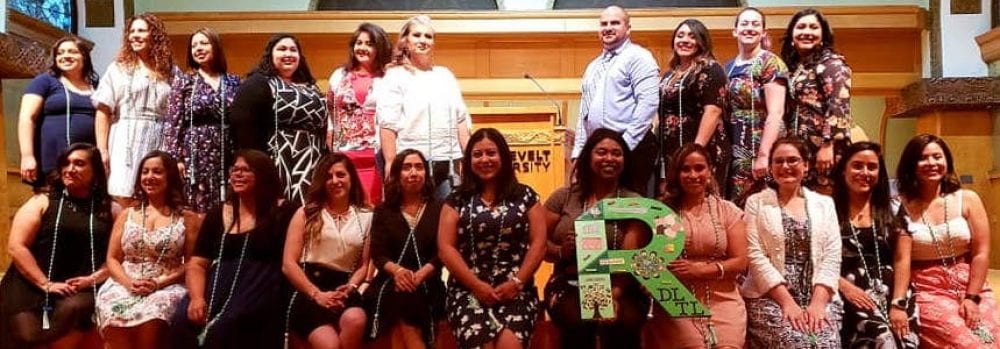Survey Invitation for Charter School Principals/Directors and Teachers
Dr. Alyson Lavigne (Utah State University) and her team of researchers are recruiting current charters school principals/directors and teachers to participate in The Supervision of Teachers Study—a study examining teacher evaluation and supervision in charter schools.
If you are interested in participating, you may click the link below to complete the one-time, anonymous survey. The survey will take approximately 10 minutes. We also appreciate if you may kindly pass this along to charter school colleagues for their possible participation. Thank you in advance for your consideration and participation.
- Charter School Principals/Directors Survey Link:
https://usu.co1.qualtrics.com/jfe/form/SV_dhTaYth7HpFrRQO
- Charter School Teachers Survey Link:
https://usu.co1.qualtrics.com/jfe/form/SV_4Zz2Y8TtNmQvl3w
For more information, please contact:
Dr. Alyson Lavigne (Alyson.lavigne@usu.edu)
Utah State University
IRB #14765




